Education secretary Bridget Phillipson has backtracked on a key element of her flagship pledge to recruit 6,500 “new” teachers – confirming that they won’t all be new.
The target also omits any mention of recruiting teachers in “key subjects” and comes after confirmation that primary teachers will be left out too.
Last spring, Labour made “recruit[ing] 6,500 new teachers in key subjects” one of its six “first steps for change”.
Experts said this should be fulfilled by boosting recruitment – and retaining more teachers. Phillipson pledged in November last year they would all be “new teachers”.
However, the government has now confirmed the target will look at how much the workforce has grown overall, rather than at just “new” recruits. It will only apply to secondary and college teachers.
The number of teachers across both sectors in the 2023-24 academic year will be used as the baseline number, with the government aiming to hit the target by the end of parliament in 2029.
Jack Worth, the school workforce lead at the National Foundation for Educational Research (NFER), said framing the target so it included improvements in retention was “absolutely the right approach”.
But Emma Hollis, the chief executive of the National Association of School-Based Teacher Trainers (NASBTT), said the change “fundamentally shifts the goalposts”.
“It’s important to be clear and transparent about the distinction between keeping existing teachers and recruiting new ones.
“Redefined targets…risk masking the scale” of the teacher supply challenge.
A DfE spokesperson said that supporting teachers to stay in the profession and thrive is essential to achieving the pledge “in a sustainable way. A successful recruitment strategy starts with a strong retention strategy.”
Shortage subject promise dropped
Labour’s June 2024 manifesto promised the 6,500 would be “expert teachers in key subjects”.
The word “expert” was dropped from the December 2024 Plan for Change, with the pledge instead for “6,500 extra teachers, focusing on subjects with shortages”.
Neil O’Brien, the shadow schools minister, accused the DfE of “refus[ing] to define what they mean”.
A DfE spokesperson told FE Week “key” subjects were “the shortage subject areas that are most acute”.
However, the 6,500 target includes all secondary subjects. The government would not say what proportion of new teachers would be in shortage subjects.
It instead pointed to current retention incentives for maths, physics, chemistry and computing.
Is it enough?
Pepe Di’Iasio, the general secretary of the Association of School and College Leaders, urged ministers “not to fixate” on the 6,500 figure, and to “focus on meeting the actual need for teachers across the board”.
He cited a recent National Audit Office report that highlighted FE colleges needing between 8,400 and 12,400 teachers by 2028-29 to meet rising demographic needs.
The same report estimated 1,600 more secondary teachers needed between 2023 and 2027.
In this context, Labour’s pledge “doesn’t seem to be anywhere near enough”.
He said the 6,500 target remained “very challenging”, which the government must “bring forward new policy measures” to meet.
“There remains a risk the government hits the target, but misses the point.”


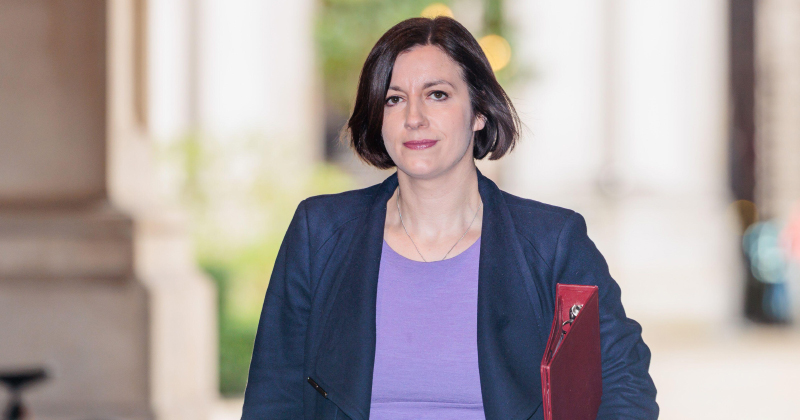
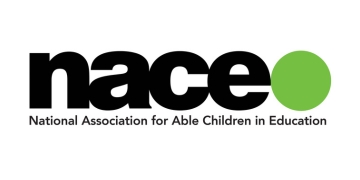








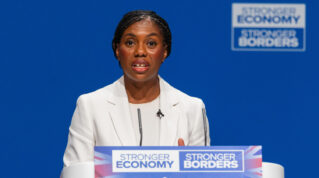
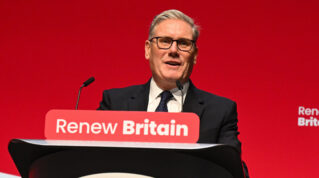
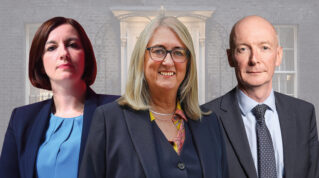

Your thoughts